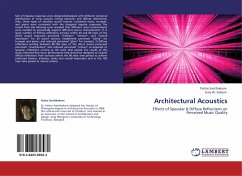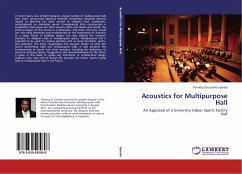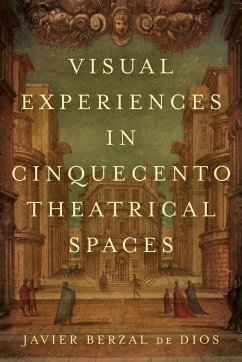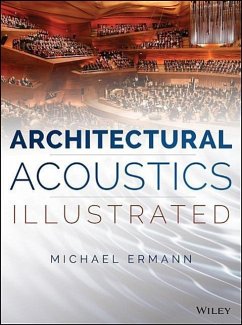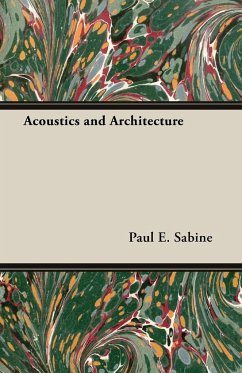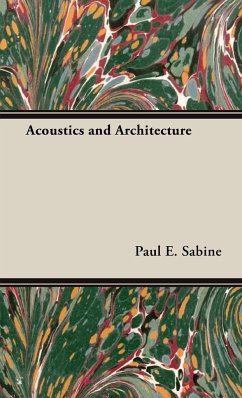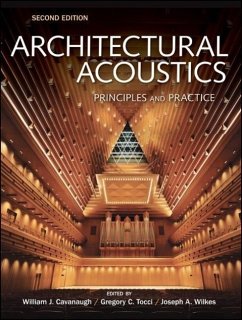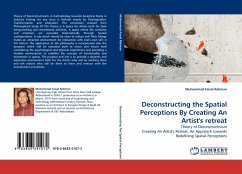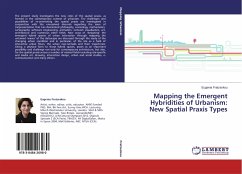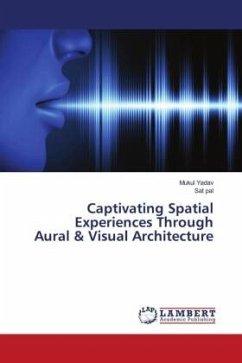
Captivating Spatial Experiences Through Aural & Visual Architecture
Versandkostenfrei!
Versandfertig in 6-10 Tagen
29,99 €
inkl. MwSt.

PAYBACK Punkte
15 °P sammeln!
This book reaches into the depths of how aural architecture and visual architecture affect the human physiology in a particular space and how it triggers certain emotions in certain spaces.Architectural design plays a significant role in shaping the human experience in buildings through the perception of space. However, architectural characteristics not only result in visual attributes that affect how the occupants see the space, but they also create auditory environments that impact what the occupants hear based on sound propagation and reflections from surfaces. Yet, architectural acoustics'...
This book reaches into the depths of how aural architecture and visual architecture affect the human physiology in a particular space and how it triggers certain emotions in certain spaces.Architectural design plays a significant role in shaping the human experience in buildings through the perception of space. However, architectural characteristics not only result in visual attributes that affect how the occupants see the space, but they also create auditory environments that impact what the occupants hear based on sound propagation and reflections from surfaces. Yet, architectural acoustics' physical measurements do not precisely reflect the human acoustical experience because other perceptual and cultural aspects contribute to it, as the aural architecture approach suggests. The perceptual aspect deals with the psychological and physiological effects of sound and its relation to human cognition and emotions, while the cultural aspect focuses on the role of cultural background in sound perception. This research offers a comprehensive approach that allows for a deeper understanding of such experience by studying the interaction between the physical, perceptual and cultural aspect.



